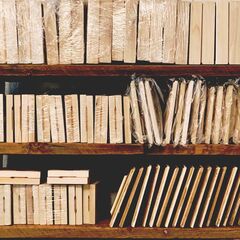 It doesn't surprise me, in the least, that people buy into and are enamoured with the idea of the "scatter-brained Genius", the "disorganized creative". I believe as we are met with adulthood and we take on increasing responsibilities and value in life appears to be in direct correlation "having it all together", the idea of going back into the less ordered world of unkempt freedom sounds wonderful. Think of all the time + energy (resources) we put into organizing and cleaning! I'm not buying the illusion, and neither should you. Especially as a creative thinker, doer, being... Think of all the energy + time (resources) you have lost looking for something; a website, instructions, notes, images, reference images, tools, materials, equipment, email addresses, phone numbers, deadline listings, even completed artworks. Money spent (resources) buying something you know you have, however you simply cannot find; tools, materials, and equipment. When in the depths of a project, series of works, or administrative work for your creative business (especially when you're doing it all yourself), things do get messy and become a bit frazzled. Keeping an organized and clutter-free space should still be your goal. From personal experience time (time = money) is wasted when we can't find the tools, materials, and information we need. We end up buying another in the last minute crunch to deliver work on time and meet deadlines. Even locating work in a sea of finished pieces can waste precious time and cost us opportunities in the long-term. Organization, like in any successful business or career, is absolutely paradigm. I'm not saying making art should be a tidy and neat practice. Actually I prefer the opposite, when nothing is precious in the making. I love torn, curled pages. I like making a mess. I enjoy the leftovers, the marks made as my medium travels off the support and onto the surface I'm working on. In fact at times I try to capture this or make something from the residue of art making, or the "mess". I save the paper I was using to protect the desk, collect the watercolor on the desktop, and keep the scrap bits of string or paper... I save all these and try to find ways to reuse them or work them into new pieces. When I'm done working though, I clean the space and put the studio back together. It helps me come to the studio the following day, since I know that my space will be clear and ready for me to get straight to work. This idea goes beyond simple studio maintenance. I recently sold and gifted away craft supplies, bookmaking supplies and equipment, old art materials (brushes and tubes of paint I didn't use regularly), unfinished and even older, finished works. A good 2/3 of the studio gone! I've been steadily making art since 2006. When I say steadily I mean as a daily practice. When not physically in my studio, I am teaching, taking photographs for reference material, reading articles, compiling opportunity lists, keeping up social media accounts and professional relationships. Between myself and my husband, we have four children (2 in the home full-time), and if not for a consistent practice in organization and a conscious effort to simplify, simplify, simplify... I could not accomplish even half of what I am. Letting go of unfinished projects or capturing ideas and visions in a sketchbook also helps with the physical clutter of a creative space. Ask yourself: What is serving the work, that work that is the most important? We often see and even romanticize these images of creative beings rushing about from thing to thing in a heightened manic state, somewhat frazzled, everything about them topsy-turvy, scattered, and going sideways. We think to ourselves this is what "Genius" looks like, as we buy into the picture painted. Yet this often leads to missed appointments, unmet deadlines, and being incapable of producing and delivering what's been promised. Things usually seem to work out though... Right? What we also often fail to remember in these portrayals of the "creative" is that they so often have someone in the background keeping things together; the robot helper, the much smaller sidekick, the quiet or delicate aide, the apprentice, or the wife, daughter, mother, or son. Most of us do not have this ideal supporting role, nor should we (I WARN) go looking for it in a future or present partner, friend, coworker. If you can afford to pay them, share what is gained from the labor, or they volunteer; well yes, to these. I simply find that perpetuating the above described stereotype of a creative doer, thinker, being is more damaging than helpful. I find it incredibly frustrating when these images of what living a creative life is like are used as an excuse for irresponsibility, disorganization, flakiness, and inconsistency. As we move and help other young artists move through this already highly competitive and often frustrating business of art, where we encounter more rejection than seems tolerable, I suggest we paint a different picture. A picture where they behave as any other professional working in a professional environment would, becoming artists who can put their ideas into action and make manifest their visions. Help them organize their chaos. So many students within half a decade of leaving art school stop making art entirely. Explore, but learn to let go. Stop. Take the time to get it all sorted and then return work. Make organizing a habit. You stop to lock the door, take out the trash, wash the dishes, clean the laundry. Work spaces especially studio spaces which are the site of some incredibly intense and messy work, need regular maintenance. As does your mind, as does work load/production schedule, as does your external hard drive and browser's Bookmarks list. Think about all the time you will save. Once you have it organized the hard work is over. Regular maintenance will save you loads of resources in the long-term. If you take the amount of time spent searching for tools and supplies, running to the store to buy items, waiting for those needed things you can't get locally to be delivered, sending emails or making phone calls to explain why something will not be completed as promised or on time, you will see that initial time invested in organizing and simplifying your creative work spaces and keeping up that maintenance regularly will save you time = money and money. Tabatha Lendquvist-Grace, Artist/Owner Lendquvist Studio
0 Comments
"Get out of whatever situation is making you feel as though you have to justify your creative time/self by making a monetary return, it is death to your creative being. Trust me. One of my graduate school advisors used to tell us all the time, “do nothing”. When you are ok with doing nothing, the good stuff comes. Get out of whatever situation is causing the unneeded and unhealthy sense of urgency. No quicker way to killing your authentic voice than by silencing it with the pressure you put on yourself, or others have placed on you, to produce. Not everyone who seems interested in you and your work is someone you should be talking to about your work. The more we talk about our creative work, the less creative work we make. Sit alone by yourself, with no destination, and make some shit, as if there was no importance to the outcome or resulting art object."
<3, Mrs. Lendquvist Tabatha Lendquvist-Grace, Artist/Owner Lendquvist Studio *Originally published on Wordpress May 4, 2019 "The problem of keeping a feathered bird cool can be broken into two distinct parts: coping with internal sources of heat (e.g., muscles working during exercise) and coping with external sources (e.g., sunshine). I decided to tackle the second question first---it seemed like something I could answer with a couple of thermometers and a dead woodpecker."
“I have been observing from a distance. I wanted to know what your ideas and thoughts on craft and art were without influence. I also find that it is an important discussion to have first with yourself, then to introduce new thoughts. What we see here is many of you will have arrived in two similar places: Either Art and Craft are one and the same OR Art and Craft are inherently different in some way. Art and Craft both manipulate materials into new forms, are ideas manifest in physical form, require an investment of time, involve many layered processes to reach a finished product, are considered skilled work, use the formal elements (line, color, shape, texture, contrast, unity), and can involve personal and emotional expression. Craft and art, especially with new and contemporary forms, have started to blur the lines of distinction. Therefore it is possible for art objects and craft objects to have a function, exist as aesthetic objects meant to be admired, have a history of production, become part of the everyday and are accessible to all. Art and Craft need to be studied, both are a learned skill taught by instructors, mentors, or by oneself. They now sit side by side in galleries, museums, and outdoor art spaces/environments.
The distinction then lies in the intent of the artist. When they come to form their object/non-object object, is the intent for it to become an art object. The Italians were the first to define Art and art objects, they began a language for describing and setting standards for art objects. Then other European and American art galleries, museums, historians, lecturers, the academic elite were those who made this determination. Artists have slowly been working to break down the walls, blur the lines, give art back to the people. There exists now Fine Craft, Outsider Art, Street Art, Guerrilla Art, Temporal Art, and on and on, there are artists who have Art/Life practices. The definition is always changing and progressing to involve new genres, schools, styles, forms. My point being, every person and each institution will have established their own idea for what art is or is not. For the sake of this class, we must follow and agree to the language of the text. This does not mean to say that any one person is right, wrong, or that there is even a right or wrong. I encourage artists to make and make freely, but make from the uniqueness of you. There may be good art, there may be bad art. There is art that is revolutionary, there is art that is derivative. But artists are not artist geniuses, this is a myth, there are only those who have dedicated their time, efforts and resources to expanding their knowledge and refining their practices; those who make art as a hobby, and those who live and breathe art. It is a study of the human experience, and therefore as richly layered and complicated as any person (or community of persons) could possibly be. This is my response to all your responses.” <3, Mrs. Lendquvist Tabatha Lendquvist-Grace, Artist/Owner Lendquvist Studio *Originally published on Wordpress December 22, 2017 “The progressive reaction is characterized by the direct, intimate fusion of visual and emotional enjoyment with the orientation of the expert. Such fusion is of great social significance. The greater the decrease in the social significance of an art form, the sharper the distinction between criticism and enjoyment by the public. The conventional is uncritically enjoyed, and the truly new is criticized with aversion.”
Collaboration. Speed sketching. Painting in the dark. These are my secret weapons, and I’ve used them over the last several years to bring on new ideas and to bring me back to my creative self. They are all ways I’ve devised to push my creative boundaries. Creativity is often where most artists today are lacking: Gimmicktry, the well-made object, and spectator sport is where the art world seems to be dragging along. As a professor I do preach the importance of craftsmanship, and I adore work that really challenges… you know those pieces that require you to think. But I often wonder, where is the creativity in it all? How do you reinvent, refresh, reimagine your work so you can continue growing and evolving as an artist?
You are looking to start a new body of work, and you have a vague vision of the impression you want the work to make. How do you get there? Try learning not to judge, most of the time we don’t even know we are doing it. Thinking critically, making aesthetic decisions, solving visual problems; especially for trained artists (those of us who were consistently pushed to approach our work with a critical eye), all seem to be at the forefront of our process. However we have to remember “crit” happened after the work was completed. Somewhere along the line we start to integrate the process of critique into our art-visioning process. We try to predict the outcome and adjust our work before we have even attempted it. Sometimes making mindful decisions, whether based on formal aspects of art-making or perhaps in order to push the perception of a specific message, can make the act of creation somewhat oppressive. Oftentimes it is apparent in the final product. This is not always the case and as professionals we want to make work that is intentional. Yet if you are not happy with your work, or you are trying to reach new ground you may need to get over yourself. Shake it up. Try to get lost! I spent the better part of graduate school trying to unlearn what I had taken away from my studio art undergraduate experience; where all my professors had very specific ideas about what “art” was and what it was not. I needed a recovery program! So I began my Master of Fine Arts in Interdisciplinary Art, and I soaked in the amazing depth and breadth of experiences and the different kinds, styles, and approaches to art. There was a constant intermingling, and we learned how to engage with art and more importantly learned how it flowed through life and our personal experiences and histories. To enjoy such diversity in the arts, I had to learn to lose control. Lose control! There is a magic and undiscovered treasures to be found in losing control. Not everything is meant to be, nor can be, intentional. The idea of the artist as genius, if it holds true, is only so in the moment where the artist discovers, accepts, and then declares as their own the "unexpected". The unexpected is an artist’s work. It is intentional, in that, they were willing to do the work knowing they would not be able to fully predict the outcome. There was a searching, a realization, and then a thoughtful engagement with the materials and the concept(s). They were willing to EXPERIMENT. You can make the decision to create, choose your materials, your surface, your palette, etc., but there is a point where you must make without judgment to manifest that which you otherwise could not. Whether these discoveries were born from your unconscious or whether they are gifted from the Universe, something outside of ourselves has become known. These unknowns are the building blocks for a new place to sit. If getting lost is not a practice you are well versed in, it does take some patience and practice. There are many great ways to get started, for example, having someone else make some of the decisions for you. Let someone pick the subject, colors, medium. Collaborate! You cannot control what flows from another being. Setting up experiments for myself has been the catalyst for a number of successful series. Another way to break through to the unknown is to work as fast as possible; literally and figuratively, put on that No Regrets t-shirt and make things… How you get there does not matter, and it may not be pretty or easy. Many successful experiments are at the end of a road littered with failures. However you can forget yourself and rediscover the joy of art, which is found in the making. Gift yourself. Tabatha Lendquvist-Grace, Artist/Owner Lendquvist Studio *Originally published on Wordpress December 3, 2017
"I am trying to be unfamiliar with what I am doing."
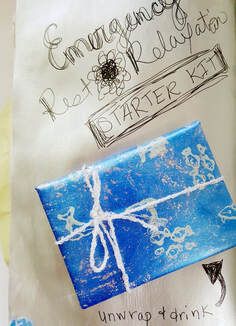 Really a fabulous prompt, but I am paper biased. When I saw wrap, I instantly thought about brightly colored packages in fancy papers with glorious bows... you know... how we expect, or hope, our Christmas or Birthday presents will look. Except mine never quite do! But seriously, who doesn't love the look of an elaborately wrapped package? This combined with my obsessive preoccupation with paper and it is no real stretch to think I would want to experiment with decorating my own paper for wrapping. I had visions of beautifully painted and stamped paper, (hey I said visions, I think my stamping skills need some work) and it is summer... All I can think is beach, beach, BEACH. Play time, summer time, rest and relaxation time! So around the house in circles I went looking for something small and flat, then my eyes landed on these tea bags. They were free, some sort of promotional thing. I didn't want to throw them out, they aren't my favorite but I'd drink them... perfect! I wanted something that I could wrap and place back in the Wreck It journal somewhere, and in the end I unexpectedly created a delightful R&R care package for myself! Cute, cute! One small challenge accepted and a long-time-coming experiment realized, and I am simply overflowing with new ideas! *Originally published on Wordpress June 7, 2017 Memorial Day has come and passed. I don't remember a life before, or without, military influence. Father, step-father, uncles, grandfather's, cousins... if they aren't military they married military. Marine Corps pilots, the Airforce, it is all there... and even though, somehow I never learned to make a paper airplane! It actually boggles my mind, now that I'm thinking about it. Surely at some point someone had to at least have shown me. Even if they did, it obviously didn't make much of an impression on my young mind. I had already seen and flown in planes and helicopters. Paper airplanes aren't that impressive when compared to the real thing. But I still feel like I missed out on something. So I tried to fold this airplane, but I won't lie, I had my significant other fold it for me, it only took him all of a minute. Then I flew it... yeah it went about a foot and instantly began its descent into a crash landing about three feet away. Now I know why this is a contest! Crafting paper airplanes that fly the distance is no easy task. I can't say when the next time will be, that I...
Make a Paper Airplane *Originally published on Wordpress June 1, 2017 CREATE A NONSTOP LINE
Considering what our life path looks like, quite literally. If we traced our paths from the moment we became mobile until the day we no longer moved, what would those images look like? There have been artists who have explored this concept, and it is fun to consider. While from afar I'm sure they would look a great deal like this, if we expanded, enlarged each individual's life path... I'd be willing to bet they would be as distinct and unique as a fingerprint. *Originally published on Wordpress June 2, 2017 "Whether you succeed or not is irrelevant, there is no such thing. Making your unknown known is the important thing."
artspirations - NOUN /ɑrtspɪˈreɪʃ(ə)n/
[PLURAL] Naturally inquisitive and curious, the creative mind needs to be fed. We are connoisseurs of the visual, but the space of our minds is full of collected images, sounds, smells, language, textures... a cerebral journal, or sensory memory. Artists often study other artists, those who make similar work and those who make drastically different work. It becomes a way to expand our own personal visual languages. So we make note, document, collect them in various ways. CHARLOTTE WILSON-SMITH *How did I find this artist? Click Here Circles have an interesting history for me, as I found out early in school that I was really quite good at drawing almost perfect circles with no aids, such as a compass. Good for me too, since I can't draw a straight line to save my life! This was also one of Picasso's favorite assignments for new artists, to draw a perfect circle. I even did a little research, and it seems there is a World Championship for free-handing circles. They fascinate me as they would most observers of the world, especially with the human inclination to make things straight, in a line, and with right angles, I almost crave the circle, the curve, the non-linear. Even my daughter had a hard time resisting the urge to interact while I worked to...
FILL THIS PAGE WITH CIRCLES *Originally published on Wordpress February 15, 2017 |
AuthorTabatha Lendquvist works from her private studio located in Walker County, AL. She is an Interdisciplinary artist working in various mediums to include painting, bookmaking, and poetics. Archives
June 2021
Categories
All
|
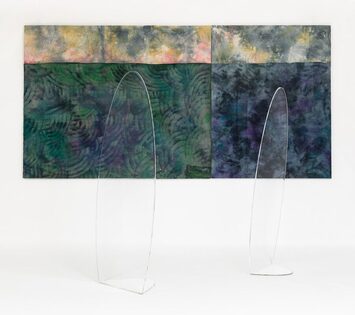
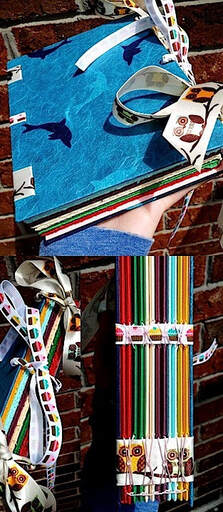
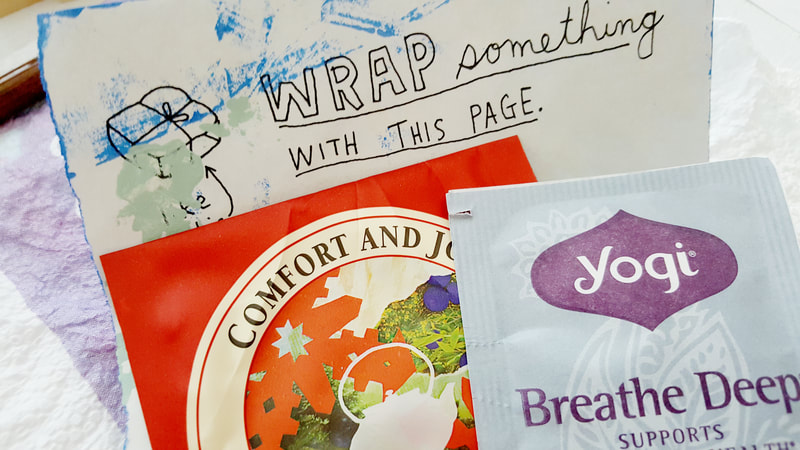
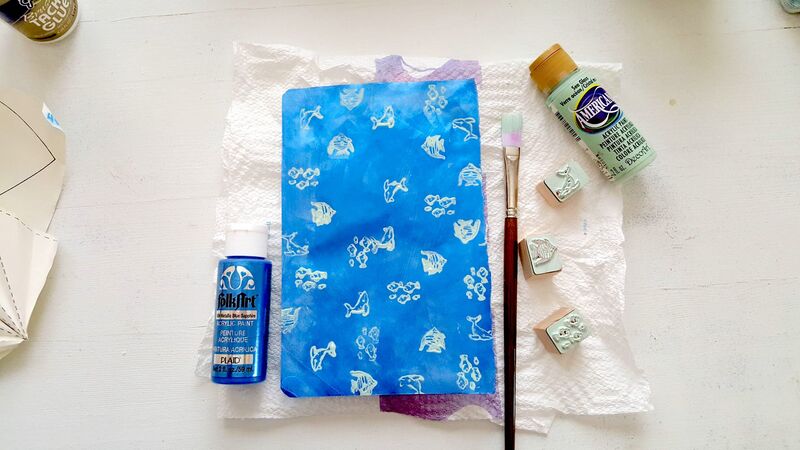
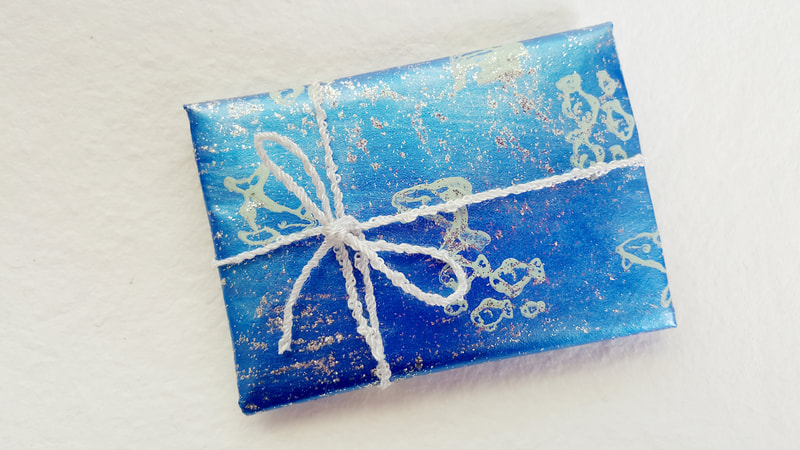
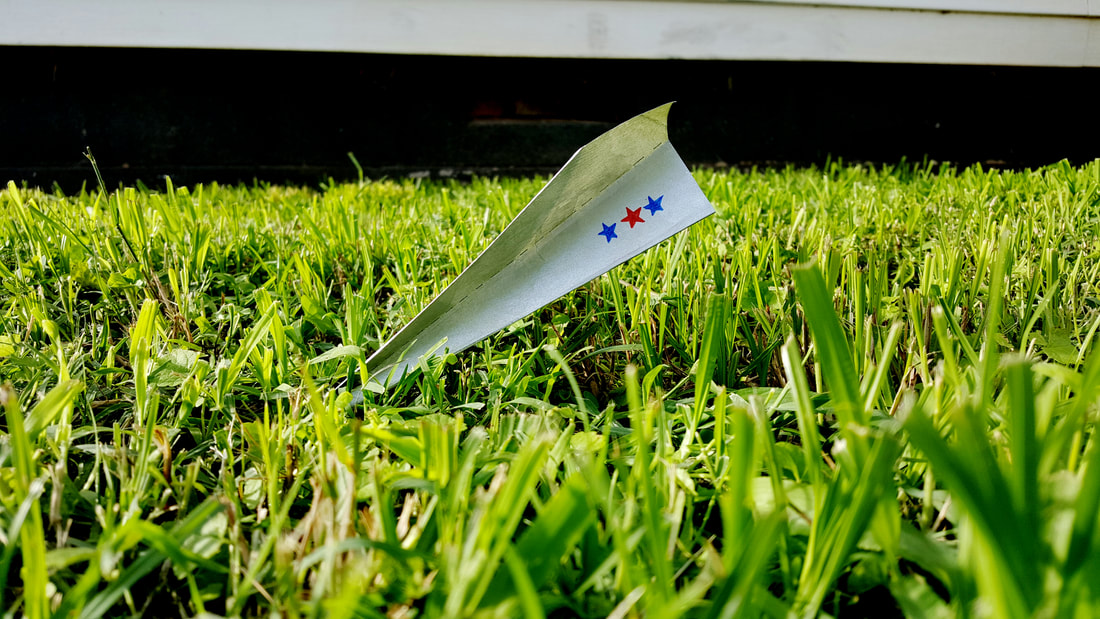
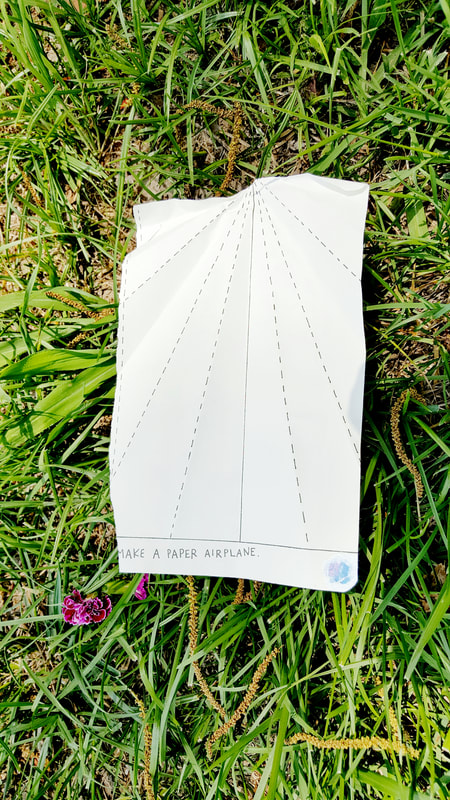
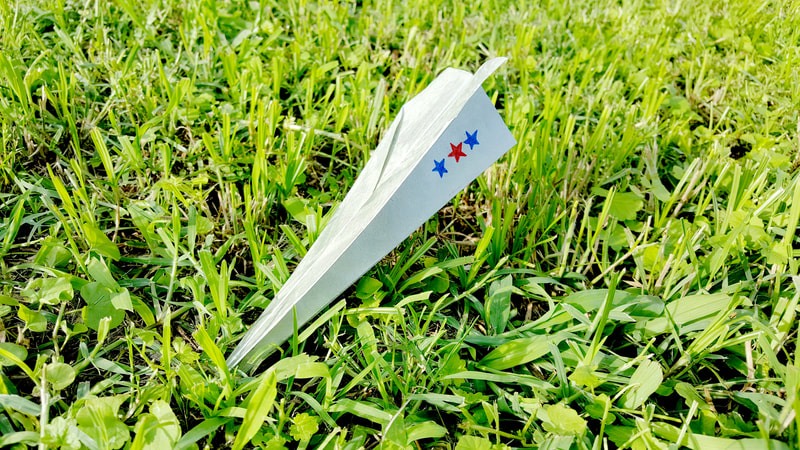
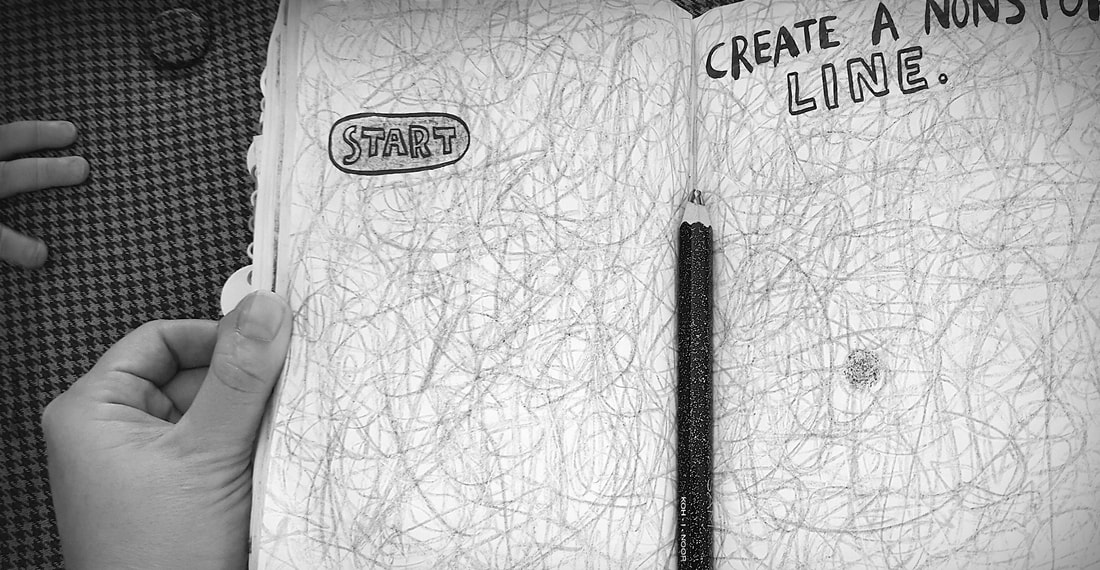
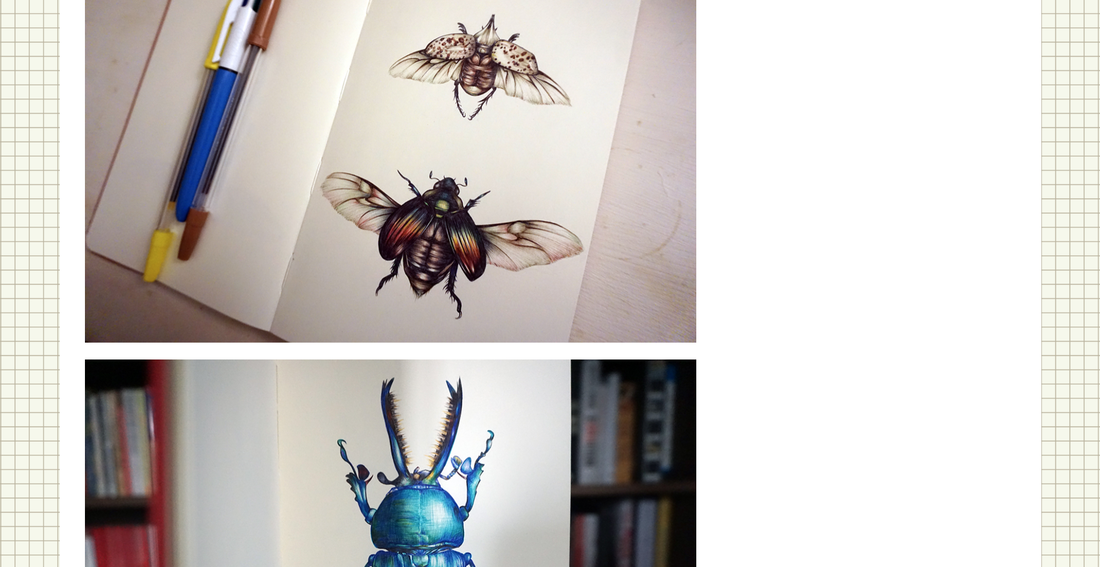
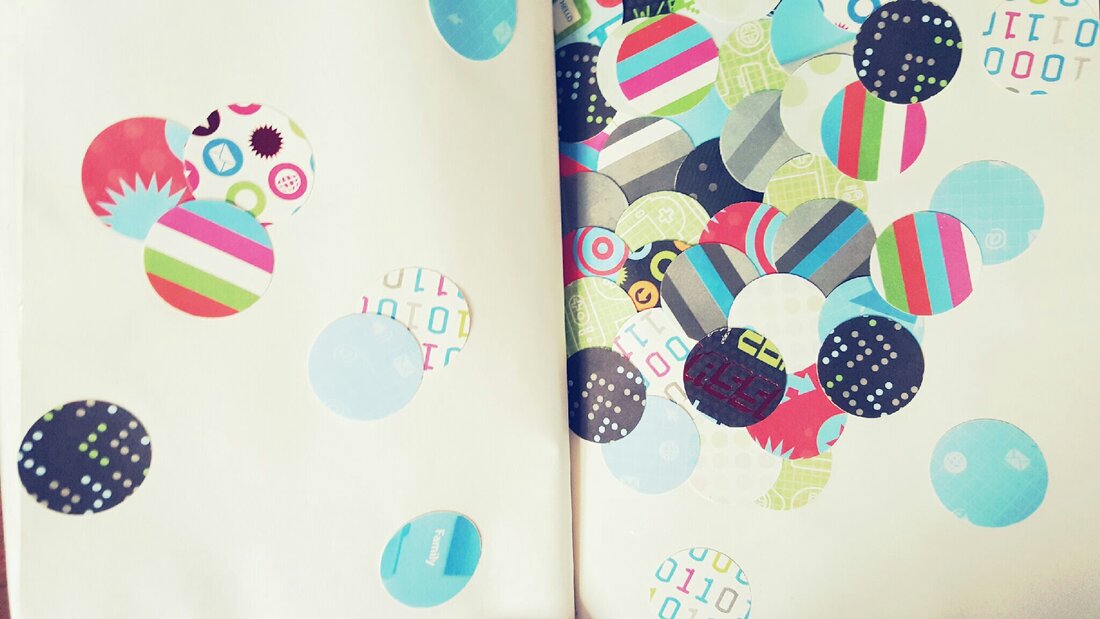
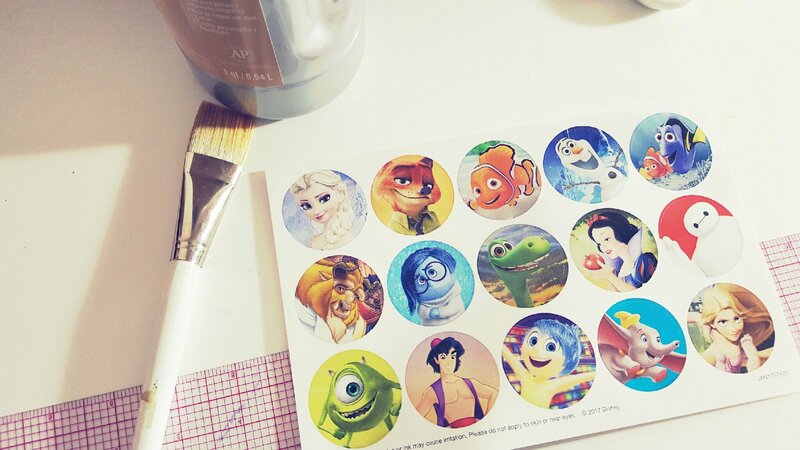
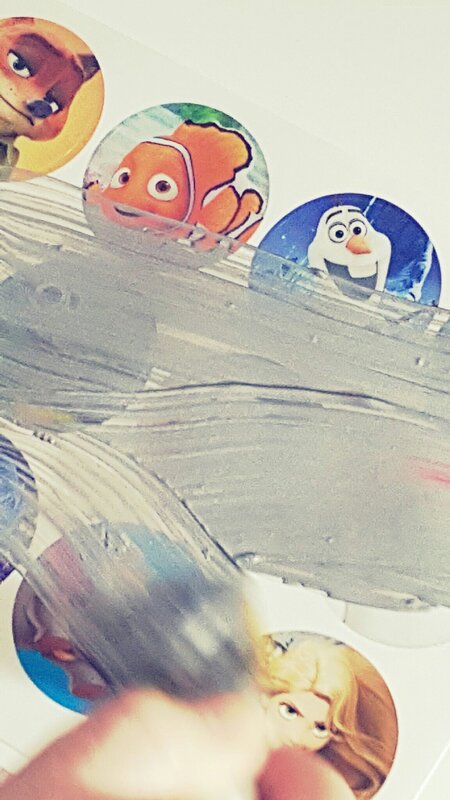
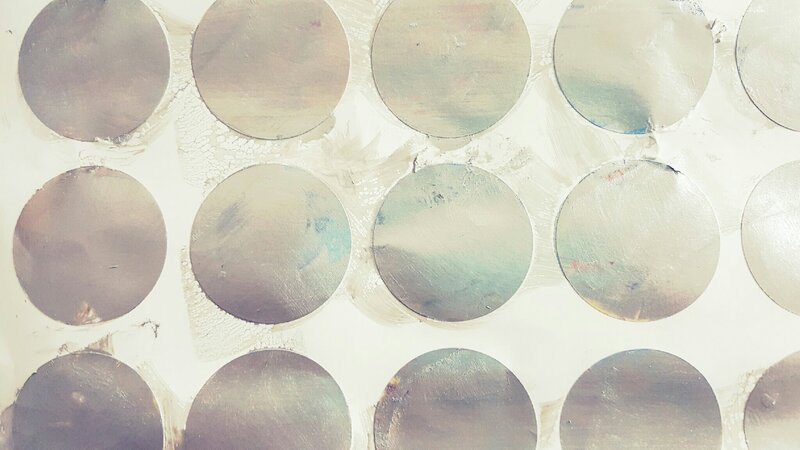
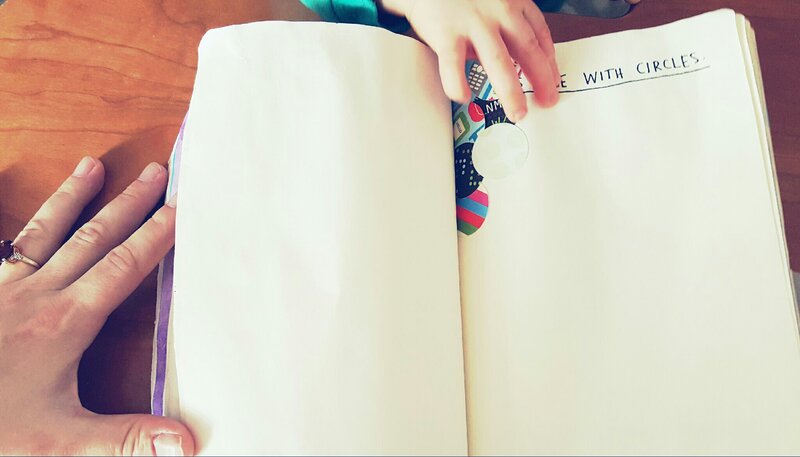
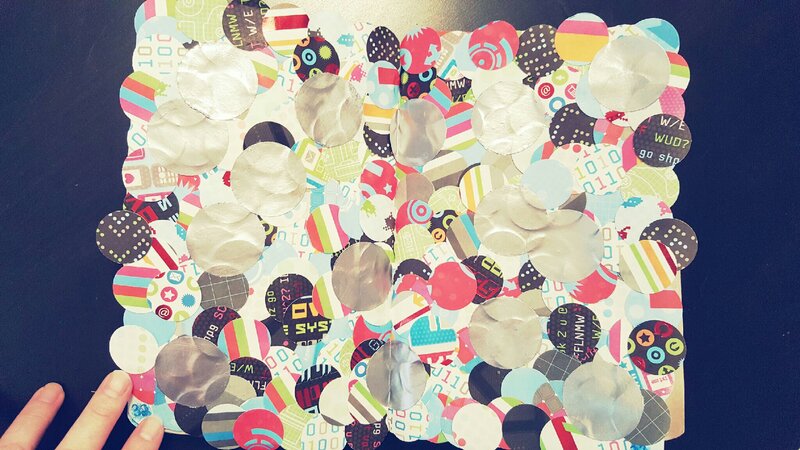
 RSS Feed
RSS Feed